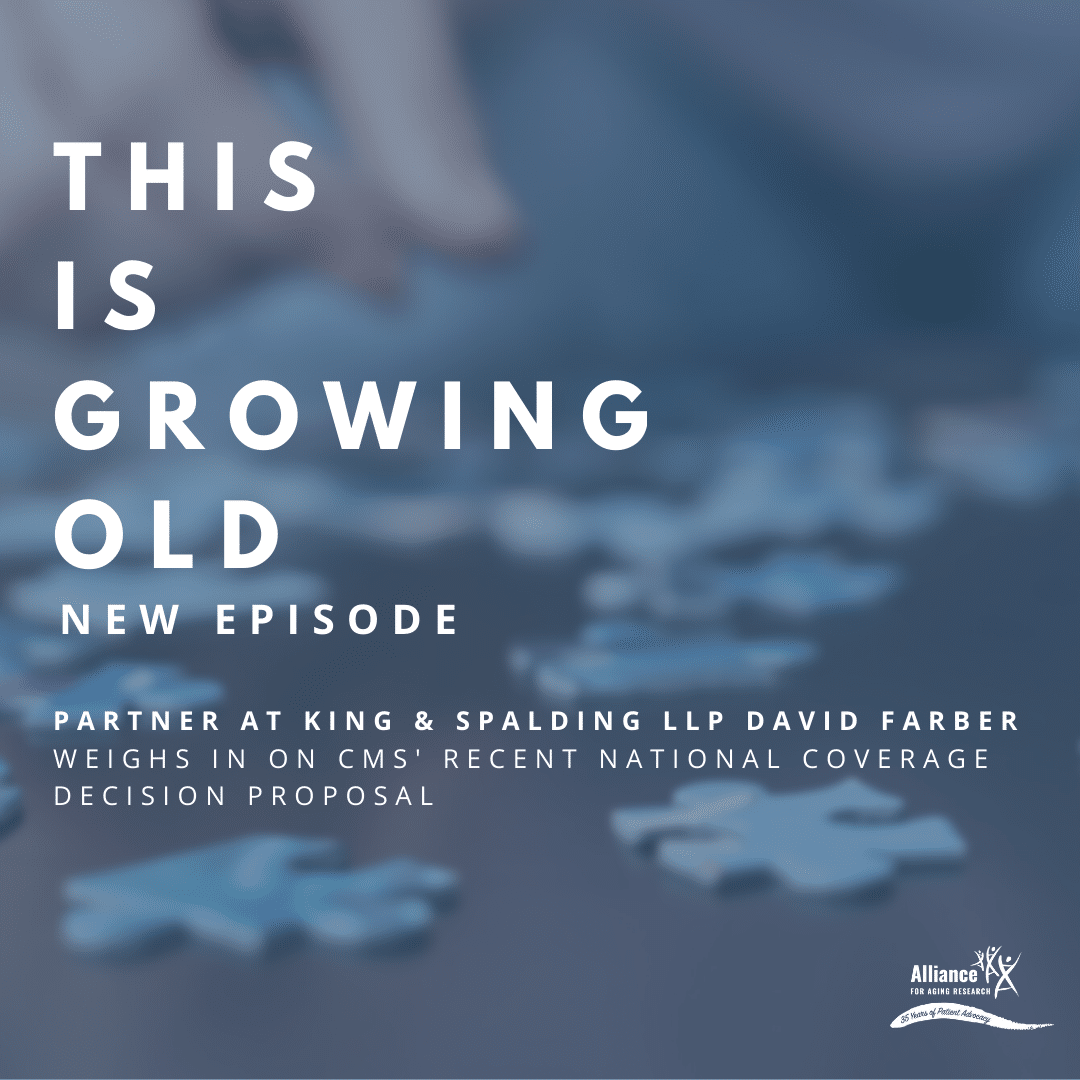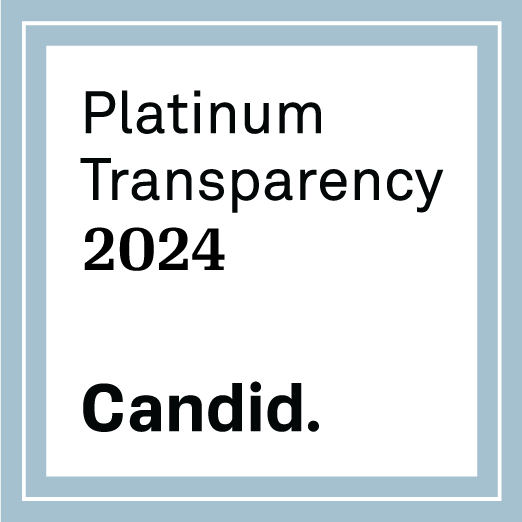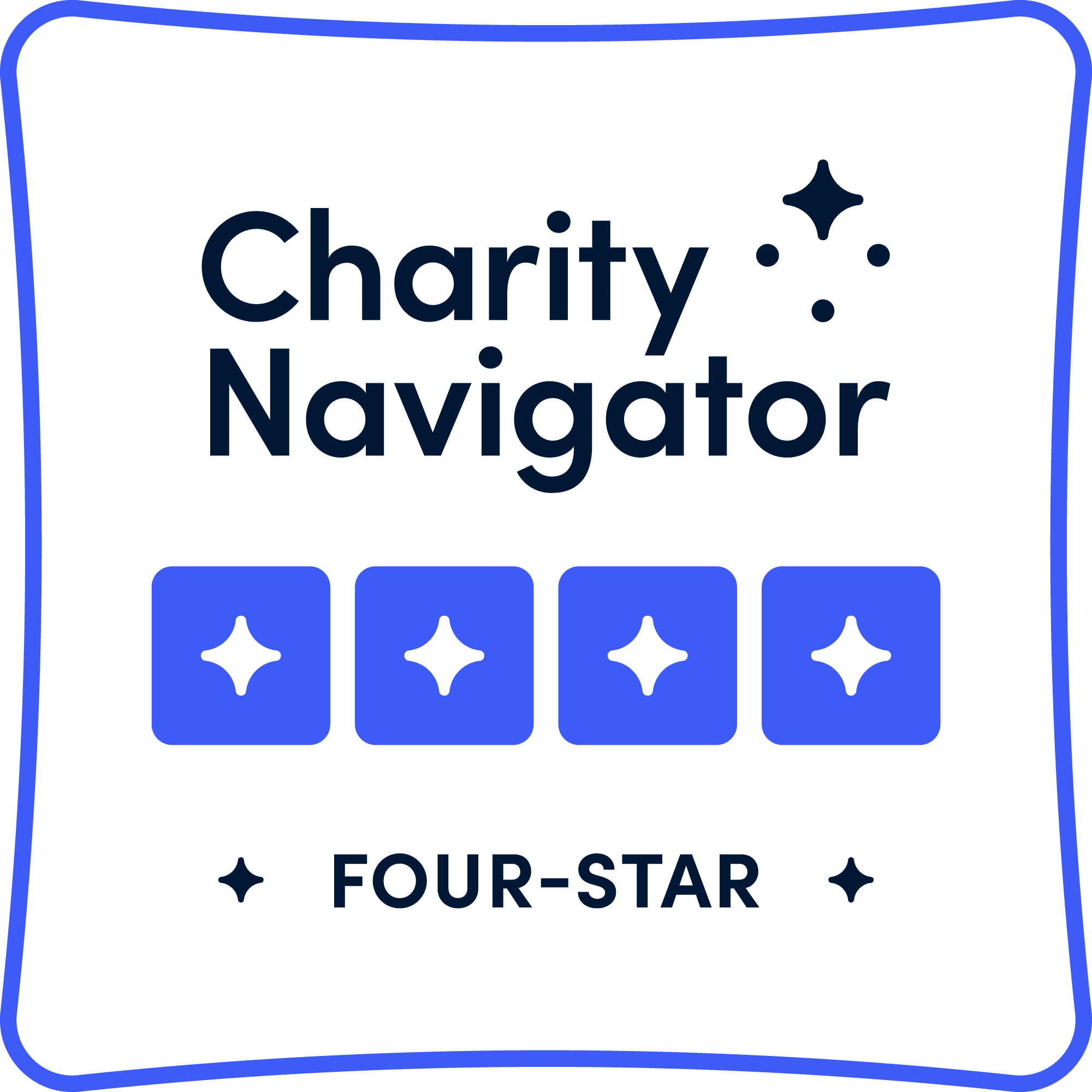
Ryne Carney, Public Policy Manager at the Alliance for Aging Research, answers questions about out-of-pocket prescription drug costs and explains how the Alliance is advocating to make prescription drugs more affordable for older adults.
Table of Contents:
Issues older adults face when paying for their prescription medications in the Medicare program
Cost-sharing requirements
Capping and smoothing
Project Loop
Survey on Out-of-Pocket Costs
Options for Older Adults Who Can’t Afford Their Prescriptions
Other Drug Pricing Policy Issues
Learn More About Drug Pricing
What are the main issues older adults face when paying for their prescription medications in the Medicare program?
Most older adults aged 65 and older in the United States purchase their prescription drugs through a Medicare Prescription Drug Plan (Part D). These are federally approved optional insurance plans provided by private insurers that help older adults pay for their outpatient prescription medications. The experience older adults have affording their medications will vary significantly by their income level and health status. Typically, those struggling most to afford their medications are older adults with incomes that exceed the threshold to be eligible for the government’s low-income subsidy (LIS) program and are prescribed high-cost drugs to treat such diseases as hepatitis C, cancer, autoimmune disease, liver disease, and many others. The main problem this subset of beneficiaries will have is affording the cost-sharing requirements of their prescription drug plans, which is often in the thousands of dollars per year.
What are “cost-sharing requirements” in prescription drug plans?
There are four different phases of the Medicare Part D standard plan with different cost-sharing requirements for beneficiaries. The dollar figures for each phase of the benefit change annually and they can differ depending on the richness of the plan and whether the plan is part of Medicare Advantage or Medigap.
The first phase of a Medicare Part D plan is the deductible phase. A deductible is the amount you pay for covered health care services before your insurance plan starts to pay. For 2020, a deductible cannot be greater than $435. After a deductible phase, the next two phases are the initial coverage phase and the coverage gap phase. In these phases, a beneficiary will pay a fixed amount (copay) or fixed percent of total drug cost (coinsurance). If a beneficiary pays a total of $6,350 in out-of-pocket costs, they enter the catastrophic phase of the Part D benefit. In this phase, a beneficiary is responsible for five percent of their drug costs. This process resets at the beginning of each calendar year.
A beneficiary can rapidly move through the different phases of Part D coverage if they have high drug costs. Beneficiaries who are prescribed an expensive medication or require multiple medications may be required to pay a bill in the thousands of dollars for a single trip to the pharmacy.
Capping and smoothing are terms that come up in discussions of reducing out-of-pocket prescription drug costs for older adults. What do they mean, and how will they help older adults?
Some Medicare Part D beneficiaries face relatively high out-of-pocket costs because there is not a cap—or upper limit—on out-of-pocket spending for beneficiaries in the program. After a beneficiary has reached the catastrophic phase of their Part D benefit, they are still required to pay up to five percent cost-sharing for their prescription medications. So, patients prescribed very expensive medications and/or multiple medications in Part D have no limit on the amount they may have to spend on prescription drugs each year. Older adults paying this five percent cost-sharing in the catastrophic phase of the benefit are usually those with the most significant health needs. There is bipartisan Congressional support to redesign the Part D program to include an annual limit in out-of-pocket drug costs for people in Medicare, which is supported by most patient advocacy organizations, including the Alliance.
In addition to a cap, the Alliance believes there should be a “smoothing” mechanism included in the Part D program. This idea has been gaining traction with policymakers on Capitol Hill and the Administration. A smoothing mechanism would be a monthly payment option that would allow beneficiaries to pay the total cost of their drugs in installments throughout a calendar year rather than upfront all at once.
On January 1, the cost-sharing requirements of the Part D benefit reset, and a beneficiary will again enter the deductible phase. Accordingly, Part D beneficiaries prescription drug costs tend to be highest at the beginning of the year. This is especially true for beneficiaries with high drug costs. A report by the consulting firm Avalere found that 45 percent of non-LIS beneficiaries who reached the catastrophic threshold in 2017 faced out-of-pocket costs of more than $1,000 per month before reaching the catastrophic threshold, and 19 percent of beneficiaries had out-of-pocket costs greater than $2,500 in a single month. A smoothing mechanism would remove the seasonality of high-drug costs and give beneficiaries more uniform and predictable payments.
The Alliance has a new initiative called Project LOOP aimed at lowering out-of-pocket prescription drug costs. Can you tell us more about it?
Project LOOP (Lowering Out-of-Pocket) Costs is an initiative to bring together patient and provider organizations to raise awareness about Medicare out-of-pocket costs and to encourage legislators to pass reforms to Medicare Part D to make prescription drugs more affordable. The primary policy goals of Project LOOP are to advocate for both an annual out-of-pocket cap and a smoothing mechanism in Part D.
The Alliance released the results of a survey last summer that showed older adults are willing to pay more in monthly Medicare premiums to ensure a cap on out-of-pocket Medicare Part D prescription drug costs. What else did the survey find, and why are the findings important?
In July 2019, the Alliance for Aging Research released the results of a survey, supported by the Patient Access Network (PAN) Foundation, that sought to understand more about older adults’ ability to pay for their prescription drugs and new policies they would support in Medicare Part D. The survey found one in five older adults reported that they stopped taking a prescription medication due to cost, increasing to one in four older adults with a chronic condition. The survey also found that three out of four respondents support legislation that could cap or limit what seniors pay out-of-pocket for prescription medication.
Also, the PAN Foundation sponsored another survey in late February/early March 2020 to better understand the impact high out-of-pocket costs for prescription drugs have on older adult Medicare beneficiaries. Almost 30 percent of the Medicare beneficiaries surveyed with high out-of-pocket drug costs reported taking less than their prescribed dose of medication, 23 percent delayed starting a treatment or stopped taking their treatment, and 22 percent prioritized paying for the medication of one chronic over another. You can read more about the study and its other findings here.
What options are available today for older adults who can’t afford their prescriptions because of high out-of-pocket costs?
If an older adult is enrolled in a Part D plan but is having difficulty affording their prescription drugs, there are several ways to seek help. My first suggestion would be to see if they are eligible for the low-income subsidy program (LIS), also known as Extra Help. Next, I would suggest older adults view their options on Medicare.gov and Medicare Interactive, an online reference tool made available by the Medicare Rights Center. Next, I would contact a patient assistance program, such as the Patient Access Network (PAN) Foundation, which helps people with life-threatening, chronic, and rare diseases pay their out-of-pocket costs.
What other aspects of drug pricing policy has the Alliance been involved in and why?
The Alliance is a vocal critic of the Institute for Clinical and Economic Review (ICER) and its methodology for ascertaining the value of medical treatments. ICER is an organization whose primary function is to create “value assessments,” which estimate how much a new medical treatment should cost using a metric called quality-adjusted life-year (QALY). These assessments undervalue medical interventions for older adults, individuals with disabilities, and people living with chronic conditions. The Alliance is raising awareness of the negative impact that ICER reports can have on patients through its www.icerfacts.org website.
Secondly, the Alliance is critical of drug pricing proposals that would implement an international pricing index (IPI). Under an IPI model, the United States federal drug programs would base their pricing using an average of various foreign prices for a drug. This policy would negatively impact new and innovative medical products from making it to market and require the country to use the discriminatory cost-effectiveness standards used by many European health authorities.
Where can people go to learn more about this issue?
Please visit the Alliance’s website to learn more about Project LOOP. To learn about additional policy issues impacting access and affordability in the Medicare Part D program, I recommend visiting Medicare Access for Patients Rx (MAPRx), which is a coalition of patient advocacy organizations, including the Alliance. Finally, for people interested in learning more about the Part D program and specific issues related to affordability in the program, I suggest the Kaiser Family Foundation and topic-focused policy briefs written by Avalere.






